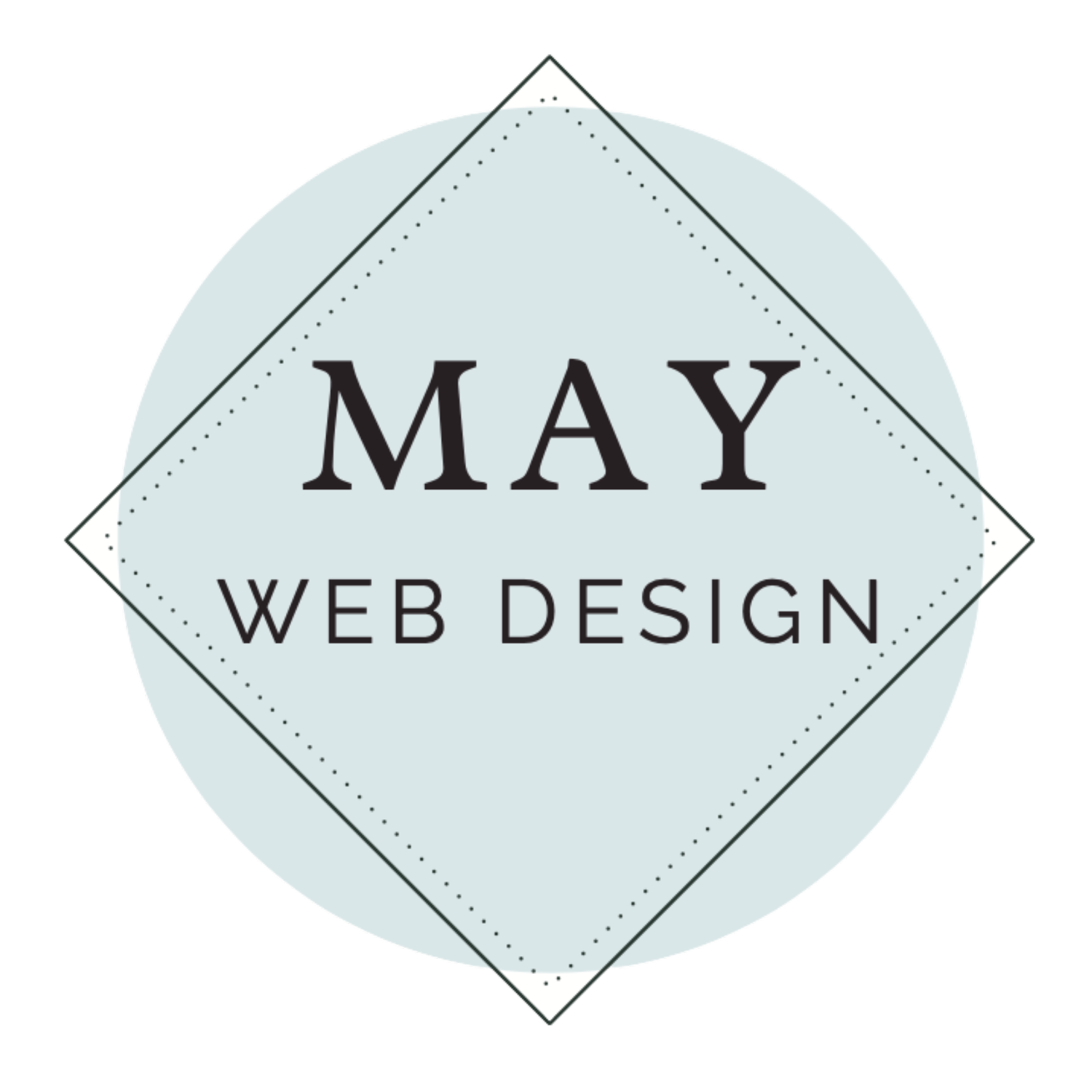Scam Emails Happen: How to Protect Your Business and Learn from It
Fraudulent and Scam Emails are Detrimental for your business
As a small business owner and sole employee of my business, I keep everything close and all in one place. Unfortunately, scammers don’t discriminate — they target businesses both big and small.
Recently, I experienced this firsthand when a fraudulent email was sent to my clients using my business name and logo. I even received a copy of the email myself, which was sent out at 4:30 a.m EST. Thankfully, I caught it quickly and took immediate steps to protect my clients and my business.
Here’s what I did, and what you can do if something like this ever happens to your business:
Steps to Take If You’re Targeted by a Fraudulent Email:
Alert your clients right away. Transparency is key — let them know the message did not originate with you, and reassure them about what steps to take (delete, don’t reply, don’t click links).
Change your email passwords. Update the login credentials for any email accounts related to your business. For me, that included my Squarespace account because I use Squarespace Email Campaigns and my primary email address. It’s also a good idea to turn on two-factor authentication (2FA) wherever possible.
Report the fraudulent email to the service provider. In my case, the scam email was sent from a Gmail account. I forwarded the email to abuse@gmail.com with an explanation that it was impersonating my business. If you’re unsure, check the full email headers to identify the true sending domain.
Report phishing and spam to Squarespace and the FTC. You can report incidents like this to Squarespace and through the Federal Trade Commission’s site at https://reportfraud.ftc.gov. Note: At the time of writing, there is a U.S. government shutdown, and the FTC is not in operation. If that is the case, hold onto the report and submit once services resume. You can also forward phishing emails to the Anti-Phishing Working Group at reportphishing@apwg.org.
Strengthen your digital security practices. Beyond changing passwords, review your security protocols regularly. Make sure your website, email accounts, and third-party tools are protected with strong, unique passwords and 2FA. Consider using a password manager to keep track of everything securely.
Guidance for Clients Who Received the Scam Email:
If your clients respond to you after receiving a fraudulent email, remind them:
Do not click on any links.
Do not provide payment information.
Do not share login credentials.
Delete the email immediately.
The Impact of Scams on Small Businesses
Having someone impersonate you or your business can cause serious brand damage. It risks eroding the trust you’ve worked hard to build with your clients. Scams also take time away from what matters — serving clients and growing your business — while forcing you to handle damage control.
Unfortunately, this kind of fraudulent activity is becoming more common. Cybercriminals know that small businesses often don’t have the same security resources as large corporations, making them attractive targets. This is why it’s so important to:
Stay vigilant and monitor your email accounts regularly.
Educate your clients on how you communicate (for example: I only send messages from donna@maywebdesign.com, and I never request urgent actions like replying with “YES”).
Maintain backups and updated security tools to safeguard your business assets.
Final Thoughts
Scammers will always look for ways to exploit small businesses, but by staying alert and proactive, you can minimize the damage and continue building strong, trusted relationships with your clients. Transparency, quick action, and ongoing education — for both yourself and your clients — are the best defenses against fraudulent attacks.
May Web Design, LLC, creates affordable websites on the Squarespace platform that empower clients to confidently manage and update their own content. I love helping businesses and nonprofits boost customer engagement and strengthen their overall web presence with clean, effective design.
One of the most important parts of my process happens after the website is built: I take the time to walk clients through how to update and maintain their website, so they can keep things fresh and relevant moving forward.
A well-designed website is more than just a digital brochure—it’s a 24/7 welcome to your audience. It should highlight what your business or organization has accomplished, share your mission, and guide visitors through your content in a clear, friendly way.
If you're thinking about creating a website for your business or nonprofit, I'd love to chat! At May Web Design, LLC, I help clients get started with clean, easy-to-manage websites—sometimes all you need is a simple brochure-style site to make a big impact.
The best part? Your website can grow and evolve right alongside your business. Whether you're just getting started or ready to level up, I'm here to help you build something that works now and adapts as your needs change.




